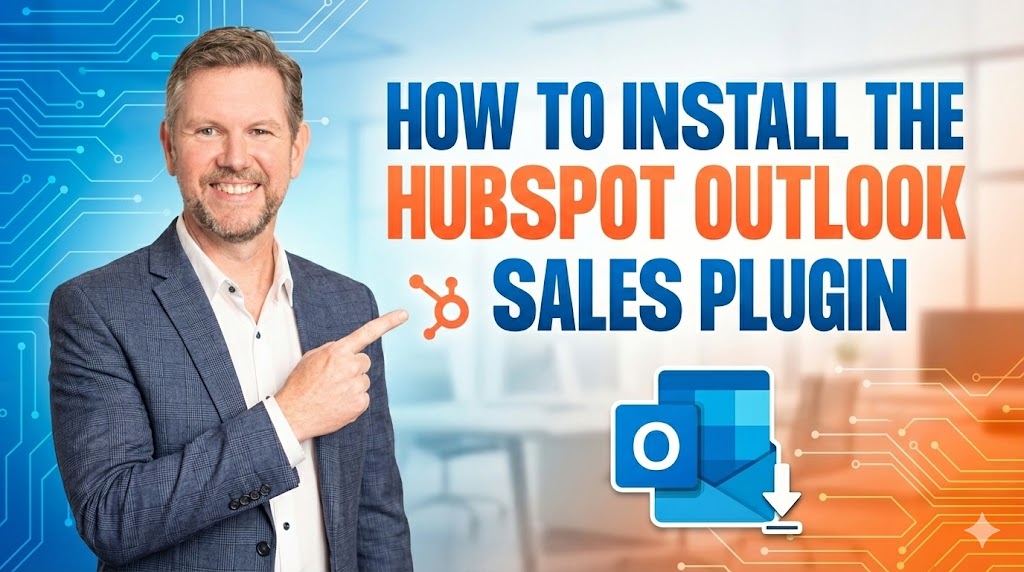
Content Marketing,Content Marketing | 3 min read
Have you every been told to run a marketing campaign for your business, only to halt half way through , not knowing what to write or what results you’ll get?
This article explains the brilliance of setting up a simple survey that will help you get more customers and setup your business for substantial growth.
Why run a survey
A simple customer survey takes the guesswork out of everything you do in your business. Unfortunately, most of us run our businesses based on assumptions. We’ve assumed that customers want what we’re offering them, we assume they chose us based on our a limited list of our reasons, and we assume they stick with us because we provide ‘good customer service’.
Let’s take a look at a scenario in our business a couple of years ago where a referral partner sent us a lead for a new website. Up until that point, we’d focused our marketing and sales on our great technical abilities and our long list of qualifications. We spoke to the lead and found out they chose us for an unexpected reason – they loved that we shared free helpful tips on our blogs and they loved our openness on our Facebook feed.
This finding was a crucial start to the uncovering of what our customers thought of us and how we could work with more of them. Since then, customer surveys have:
Helped us focus our marketing on the types of customers we love working with,
Helped us get a clear picture of where to focus our marketing efforts,
Accelerated the time to roll out our marketing campaigns – we know what challenges people have, how they phrase those challenges and where they’ll look for solutions,
Transformed our business from an average business that produces average results into a business that customers rave about.
Most of all – you’re running the survey to uncover patterns in your customers – what’s common across the board with your favourite customers?
What to ask in a survey
A successful survey will be specific to your business and it’s clients, but here’s a great list to get you started:
- How did you hear about our company?
- What goals did you want to achieve with our business, i.e. what problems are you trying to solve?
- Which online resources did you check out before you made a decision (e.g. website, LinkedIn, YouTube)?
- What was your deciding factor to choose our business?
- How did you feel after you’d made the decision?
- How long have you been using our services?
- What part of our business has you continue to use our services?
- On a scale of 1 to 10, how easy is it for you to navigate our website?
- Have you ever required customer support from our team? If so, how helpful was it, on a scale of 1 to 10?
- If you were running our business, what would you change to take it to the next level?
How to setup the survey
- Segment your customers into:
- The ones that you’d prefer not to deal with – this will help you uncover patterns to avoid.
- The ones that are good customers.
- The ones that you absolutely love working with – this is where most of your efforts should be focused.
- Setup a form with all your questions and a place to type in all the answers. We recommend:
- SurveyMonkey – this is a well known, and easy to use system to capture your survey data, or
- Google Forms – you’ll need a Google Account but all the data goes straight into a spreadsheet for quick analysis
How to get your customers to respond to the survey
This is probably the most common misconception about business surveys – that nobody will fill them out. However, with a bit of nous and a couple of hours of your you’ll soon have more information than you can handle.
Here’s our top tips to ensure you get maximum response from the survey:
- Get on the phone and chat with your customers – they’ll appreciate this way more than an email.
- Add an entry in your business calendar to get on the phone. Plan for 45 minute stints – daily / weekly.
- Have the most appropriate person do the calling – ideally this is the person who has the most rapport with your clients.
- Have the list of survey questions in front of you. Make sure all the questions have been covered but aim to make the conversation a natural set of questions.
- Give each customer a reward for their time.
- Most of all – just start doing it – you’ll thank yourself in a couple of months!
Published on February 11, 2019





%20Pull%20Marketing%20Strategies.jpg)